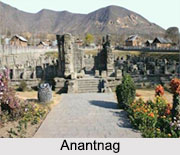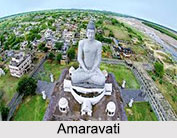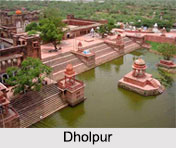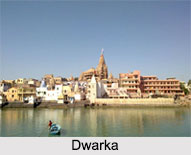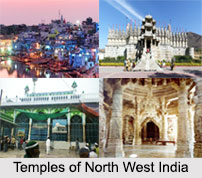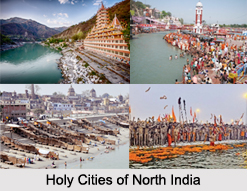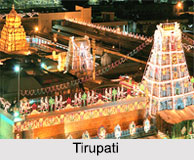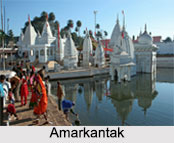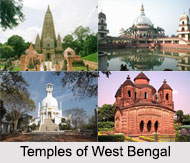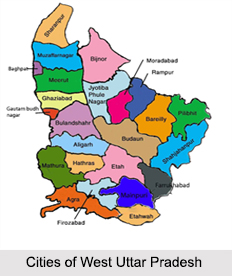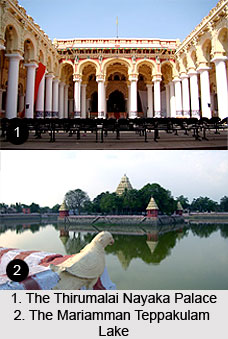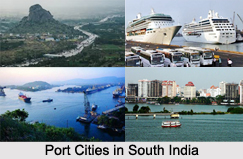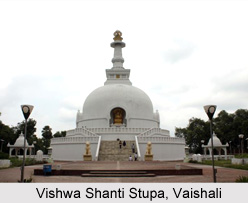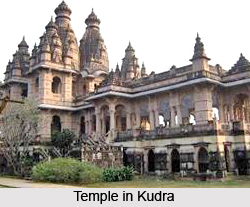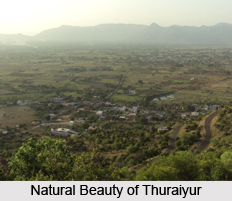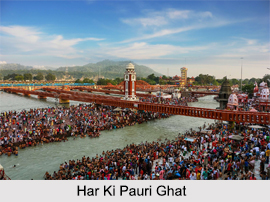Ramakrishna Mission Institute of Culture is a branch of Ramakrishna Math and Ramakrishna Mission, Belur Math. The Ramakrishna Mission Institute of Culture is situated in Gol Park, Kolkata and it is well known all over for it`s charitable, educational, and cultural activities all over the world. It follows few principles and philosophies, which believe in the unity and integrity of human life, that all are equal and are related. This institute has taken up the task of inter cultural exchange, in a way by appreciating cultures all over the world, by valuing its richness and respecting it.
The Institute of Culture being a part of the Mission is the hub of all cultural activities, which was not started in South Kolkata first. The institute came in to existence in the year 1938, following the first birth centenary celebration of Sri Ramakrishna, in the year 1936. 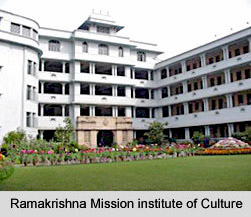 Ramakrishna was the inspiration behind the setting up of the Ramakrishna Mission and Math, he was the mentor of Vivekananda who set it up in his honour. Today the Institute of culture is widely spread and from a humble beginning in small rented rooms in the north of Kollkata it has been shifted to the splendid present building at Golpark . The Institute has undertaken cultural programmes, which include debates, elocution competitions, lectures, seminars, study circles, scripture classes, religious congregations, symposia, devotional songs and classical music. There is a packed up schedule with the timings being fixed beforehand for these programmes attended by the old and the young. It is a giant step in promoting Indian culture globally. Apart from these musical and cultural promotions, there is the Vivekananda Study Circle, which has been contributing to the study of Ramkrishna-Vivekananda literature among today`s youth, they also organize youth conventions in different parts of the city as well as rural areas with the help of local youth bodies, and together they fulfill their mission of spreading words of wisdom among the masses. Not only the young members are encouraged, the kids are also given priority. For this purpose, the Study Circle has a junior wing, for the members of the Children`s and Junior Sections of the Institute`s Library.
Ramakrishna was the inspiration behind the setting up of the Ramakrishna Mission and Math, he was the mentor of Vivekananda who set it up in his honour. Today the Institute of culture is widely spread and from a humble beginning in small rented rooms in the north of Kollkata it has been shifted to the splendid present building at Golpark . The Institute has undertaken cultural programmes, which include debates, elocution competitions, lectures, seminars, study circles, scripture classes, religious congregations, symposia, devotional songs and classical music. There is a packed up schedule with the timings being fixed beforehand for these programmes attended by the old and the young. It is a giant step in promoting Indian culture globally. Apart from these musical and cultural promotions, there is the Vivekananda Study Circle, which has been contributing to the study of Ramkrishna-Vivekananda literature among today`s youth, they also organize youth conventions in different parts of the city as well as rural areas with the help of local youth bodies, and together they fulfill their mission of spreading words of wisdom among the masses. Not only the young members are encouraged, the kids are also given priority. For this purpose, the Study Circle has a junior wing, for the members of the Children`s and Junior Sections of the Institute`s Library.
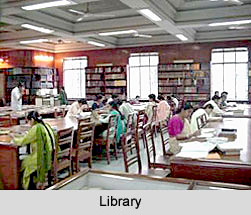 There is a Genaral Library for students and scholars, who can cum and enjoy the advantages of the reading room and study in the calm and peaceful environment there. The library has a host of books on bvarious topics, specializing in the humanities and social sciences. There is a huge reserve of over 1,88,148 books and 424 Indian and foreign journals. The Library has a junior section containing over 6,182 books for children between 13 and 16, and a children section, which covers more than 14,000 books, suitable for children between 6 and 12 years of age.
There is a Genaral Library for students and scholars, who can cum and enjoy the advantages of the reading room and study in the calm and peaceful environment there. The library has a host of books on bvarious topics, specializing in the humanities and social sciences. There is a huge reserve of over 1,88,148 books and 424 Indian and foreign journals. The Library has a junior section containing over 6,182 books for children between 13 and 16, and a children section, which covers more than 14,000 books, suitable for children between 6 and 12 years of age.
Another section of the institute has the School of Languages where over 8,000 students learn different foreign languages. Lessons are given on 14 languages Bengali, Sanskrit, Arabic, Chinese, German, French, Hindi, Japanese, Latin, Russian, Persian, Spanish, Spoken English, and Urdu. The Institute houses the International House, where the Institute`s guests, from India and abroad, students and the scholars can stay who arrive there at the Institute`s or Universities` invitation. They are often invited for studying and researching or just simply for exchange of ideas with Indian scholars.
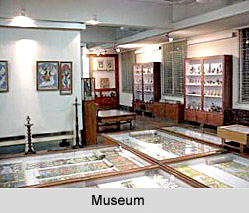 The Institute is a composite mix of not only educative courses and cultural exchange, but also has a Museum and Art Gallery. The gallery is meant for foreign scholars to have an experience of Indian art in its diverse forms. There are four sections into which the gallery is divided, that includes, Paintings in one section, 2nd section has Sculptures, third has Folk arts and finally manuscripts (MSS). The Institute has taken up publication programmes, which includes the monthly Bulletin. This is done actually to educate general public about culture and its different aspects. Among the Institute`s major publications are Religions of the World in 2 Volumes, Upanishads, Concordance, Vivekananda in Contemporary Indian News, A Portrait of Sri Ramakrishna, including many other publications in Bengali. The Cultural Heritage of India is an encyclopaedic work in eight volumes, is another massive achievement on their part. It focuses on the country`s able scholars who have done an outstanding work in regards to the culture of India. The Institute is not devoid of prayer ceremonies, which is held everyday, in the chapel and in the prayer rooms in the premises.
The Institute is a composite mix of not only educative courses and cultural exchange, but also has a Museum and Art Gallery. The gallery is meant for foreign scholars to have an experience of Indian art in its diverse forms. There are four sections into which the gallery is divided, that includes, Paintings in one section, 2nd section has Sculptures, third has Folk arts and finally manuscripts (MSS). The Institute has taken up publication programmes, which includes the monthly Bulletin. This is done actually to educate general public about culture and its different aspects. Among the Institute`s major publications are Religions of the World in 2 Volumes, Upanishads, Concordance, Vivekananda in Contemporary Indian News, A Portrait of Sri Ramakrishna, including many other publications in Bengali. The Cultural Heritage of India is an encyclopaedic work in eight volumes, is another massive achievement on their part. It focuses on the country`s able scholars who have done an outstanding work in regards to the culture of India. The Institute is not devoid of prayer ceremonies, which is held everyday, in the chapel and in the prayer rooms in the premises.
The Ramakrishna Mission Institute of Culture is advancing the cause of Vivekananda in promoting Indian culture in India and abroad. It has undertaken a number of programmes under it along with a library, which is helpful to the students and the research scholars. The Institute has no doubt earned a lot of fame in its excellent years of service to the mankind.
